The 2000s were a tough year for the horror genre. Bombarded with remakes and parodies, it looked like a lost cause for all horror lovers. While the 90s saw a meta rise in this genre, with ‘Silence of the Lambs’ (1991), ‘The Blair Witch Project’ (1999), ‘The Sixth Sense’ (1999) and ‘Misery’ (1990) bringing this genre to the mainstream circuit, the 2000s seemed to have mellowed down, with audience accepting the new era of superhero flicks. However, some directors, with the keen eye of an artist, managed to reinvent this ironically endearing genre by introducing a more comprehensive touch into reality.
For this list, I have taken into account the films that extensively deal with horror and its disturbingly satisfying elements. I am not taking horror parodies ‘Scary Movie’ (2000), ‘Shaun of the Dead’ (2004) and ‘Zombieland’ (2009), as they deserve a list of their own. Honourable mentions – ‘The Descent’ (2005), ‘The Others’ (2001), ‘The Orphanage’ (2007), ‘Dawn of the Dead’ (2004), ‘The Mist’ (2007). Although these movies are brilliant in their own right, the picks of this list redefined the horror genre and marked a stamp of brilliant achievement in the new decade. So, here is the list of top horror movies of the 2000s.
12. Drag Me to Hell (2009)
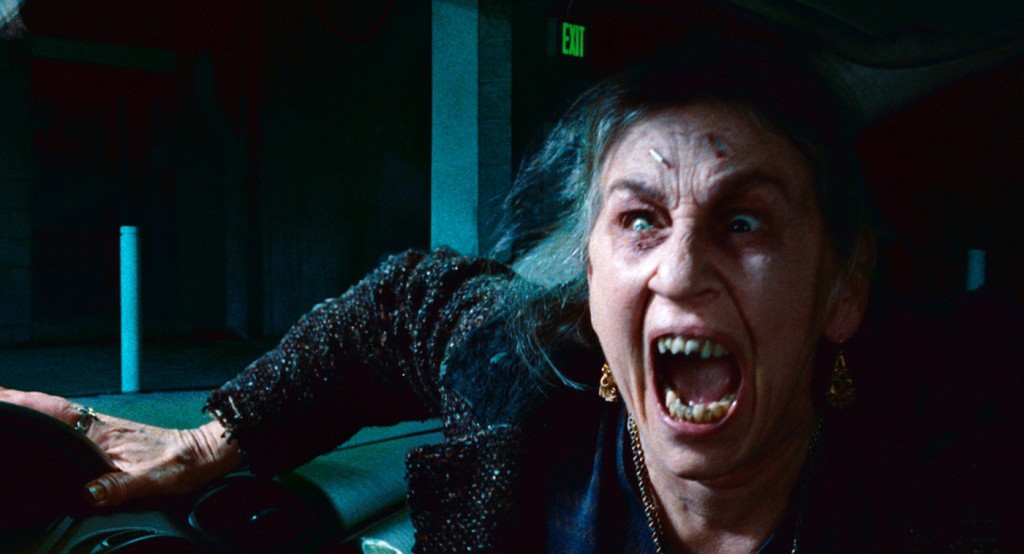
A morality tale, ‘Drag Me to Hell’ follows the events of loan officer Christine Brown after she refuses an extension to an old gypsy woman. Marred with supernatural curses, the film traces her attempts to elevate herself from the breaking point of the horrible curse. With the comeback of director Sam Raimi, the film holds the classic elements and themes the director played upon in his initial projects, such as the ‘Evil Dead’ series. With a time limit set, the clock ticks, and the viewers get uneasy and queasy. Based on a script Raimi created with his brother Ivan Raimi during the filming process of the ‘Spider-Man’ trilogy, the film brought back all the quintessential elements of a Sam Raimi directorial venture and is a perfect watch for horror enthusiasts.
Read More: Best Gory Movies of All Time
11. Battle Royale (2000)
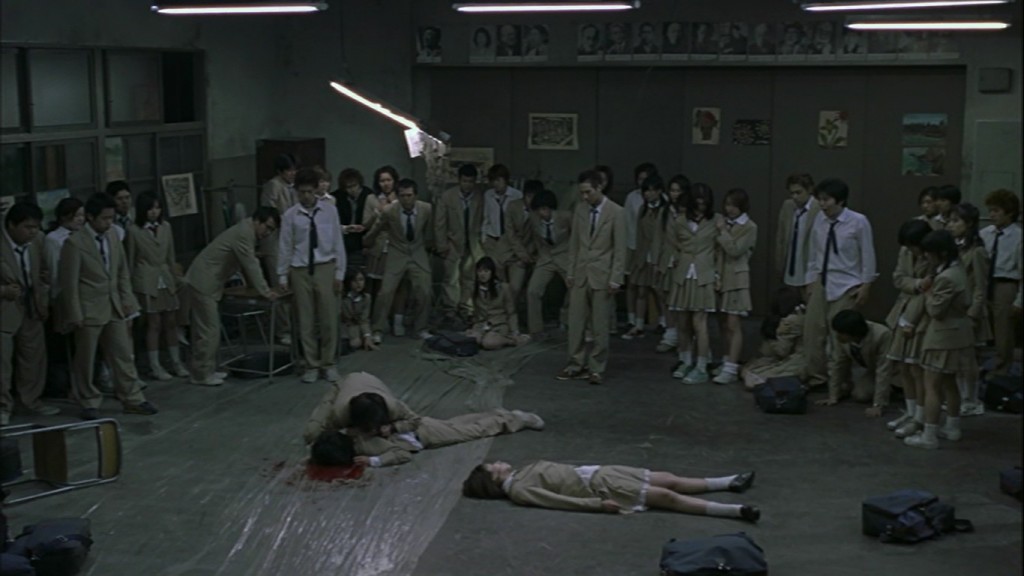
Directed by Kinji Fukasaku, ‘Battle Royal’ is petrifyingly berserk and absurd. Set in dystopian Japan, the film chronicles the Japanese government’s anarchical capturing of a class of ninth-grade students and forcing them to kill each other under the revolutionary “Battle Royale” competition. A shadow of many allegorical themes, the film is interpreted in many perspectives. Placing Tatsuya Fujiwara’s Shuya Nanahara as the central character, this 2000 flick portrays the terrifying thriller from his outlook. Adapting Koushun Takami’s bestseller novel of the same name, the film has been analyzed for its intense grotesqueness by academic scholars and researchers. Cited as being a social commentary on the Japanese economy during the “Lost Decade”, criticism of the Japanese educational system, and the socio-political differences between generations, the film is a modern-day masterpiece. The film has spawned off a variety of adaptions, films, books and has had a huge impact on post-modern filmmakers such as Quentin Tarantino and Edgar Wright.
Read More: Horror Movies That Are Basically Porn
10. Final Destination (2001)
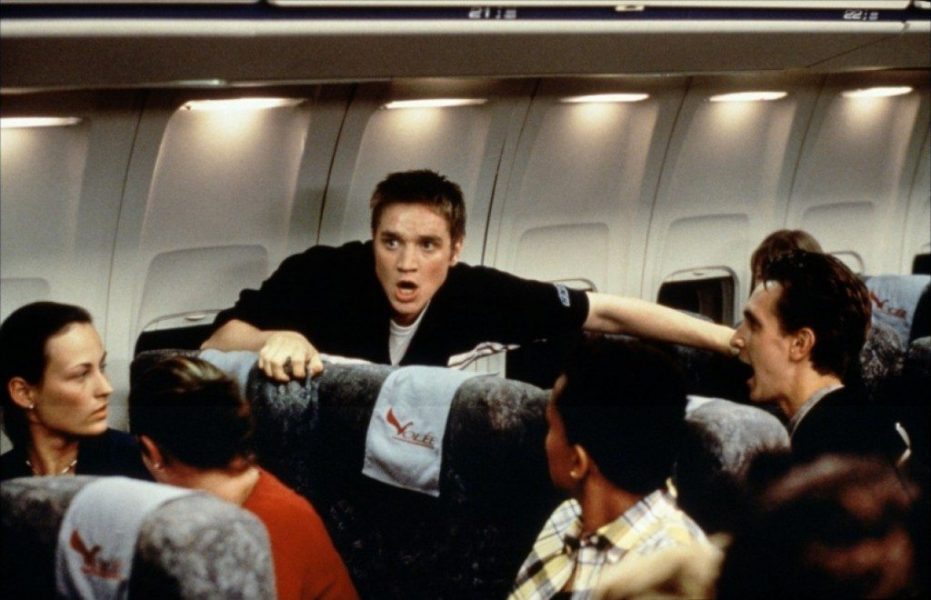
Spearheading the slasher genre, this 2001 horror flick elevated the scares by personifying “Death” itself. Directed by James Wong, ‘Final Destination’ follows a teenager’s terrifying vision of him and his friends dying in a plane crash. While he manages to prevent the accident through the vision, Death ultimately seems to hunt them down, one by one. The film revolutionized this genre by playing on the themes of “never escaping death” and building on enough suspense by creating the most innovative kills one has ever seen. With the invisible embodiment of death, ‘Final Destination’ became an instant commercial success spawned off a quite successful franchise.
Read More: Best Classic Horror Films You Must Watch
9. Let the Right One In (2008)
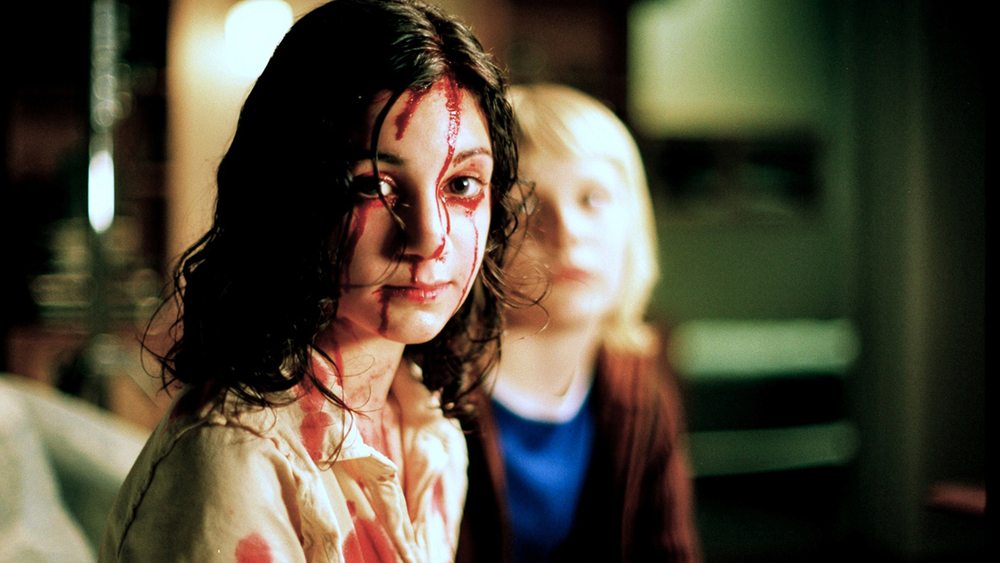
Directed by Tomas Alfredson, this 2008 Swedish flick amalgamates romance and horror with terrifying beauty. Set in the 1980s, the film knits the story through Kåre Hedebrant, a 12-year-old boy, morally torn due to bullying, who develops a friendship with a vampire child in Blackeberg, in a suburb of Stockholm. Adapted from Swedish author John Ajvide Lindqvist’s novel ‘Let the Right One In’, the film carries a thorough narrative. Developing the story with character development and plot advancement, the film is built upon the director’s thematic perception of the book and its horror elements. Carrying a certain essence of a Stephen King adaptation, the film is dexterously painted with romantic allegories veiled under a thick layer of stomach-churning horror.
Read More: Best Japanese Horror Movies of All Time
8. Donnie Darko (2001)
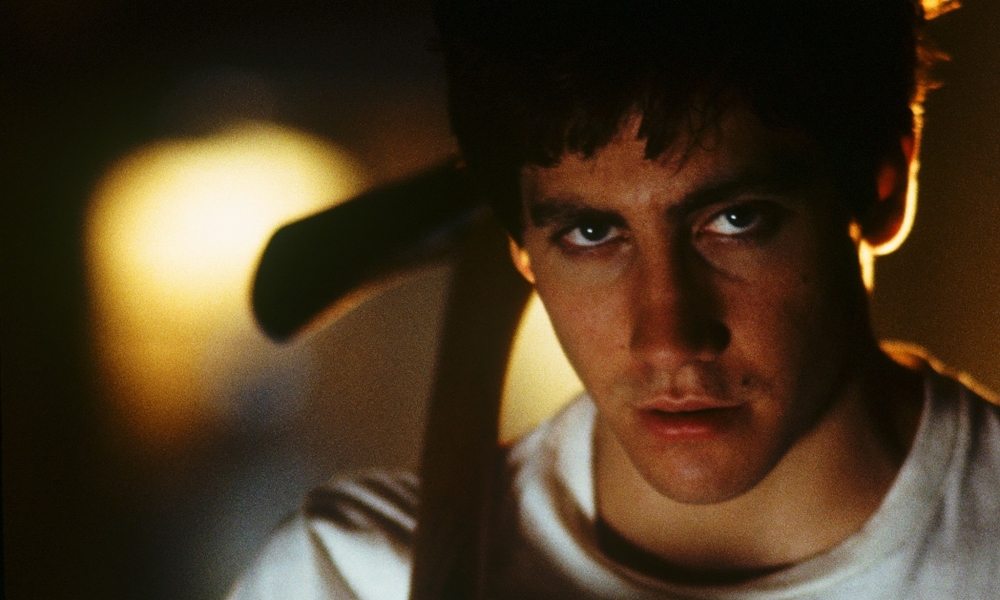
Directed by Richard Kelly, ‘Donnie Darko’ is about the titular character’s troubled visions of a man in a large rabbit suit who manipulates him to commit a series of crimes. The film applies disturbing imagery and takes inspiration from veteran director David Lynch’s cinematography techniques. The film draws the scares upon the narrative techniques, crafted by the director himself. Scrutinizing the character’s tortured and anguished soul and mind. The film is like a maze where one tends to misinterpret reality with illusion. While Kelly’s direction and writing, combined with the cinematography and the acting performances, are applauded for their tremendous efforts, the musical score by Michael Andrews shaped the intense and disturbing atmosphere of brilliance. ‘Donnie Darko’, since its release, has gained a cult following both critically and commercially. Among its gallon of awards, Richard Kelly won the “Best Screenplay” at the San Diego Film Critics Society and the “Grand Jury Prize” at the Sundance Film Festival, to name a few.
Read More: Best Frankenstein Movies of All Time
7. American Psycho (2000)
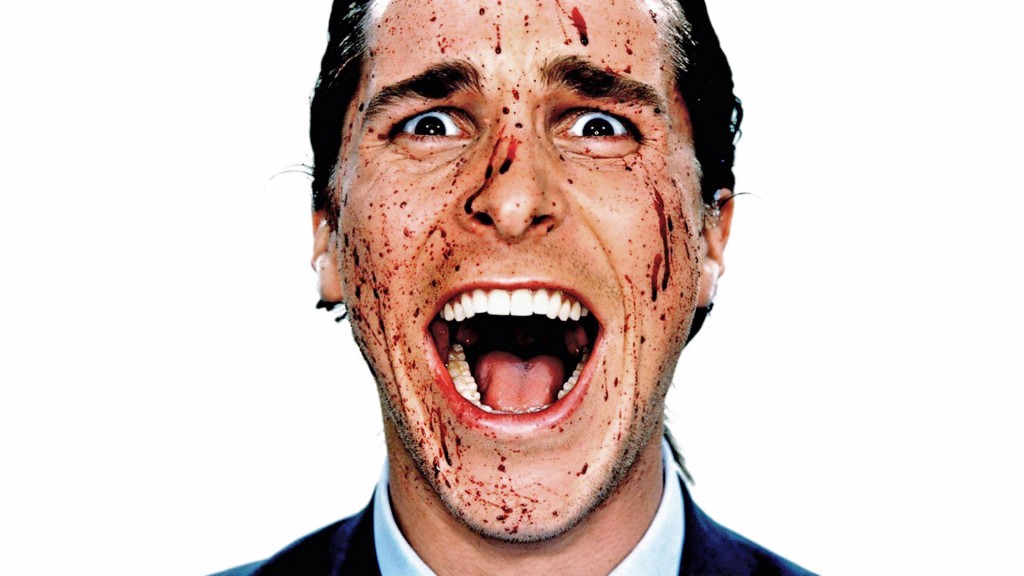
A film often misinterpreted for its eye-boggling violence, sexual themes and disturbing sequences; ‘American Psycho’ employs a variety of allusions, themes and motifs to sketch out the story of Patrick Bateman – a wealthy New York investment banking executive, who has an alternate dark side hidden from all – a side indulging in murder, torture and hedonistic fantasies. The Bret Easton Ellis novel adapted flick stars Christian Bale, Willem Dafoe and Jared Leto as the primary lead, with several other actors acting as the supporting cast. ‘American Psycho’ unequally bases itself in the horror genre, with its grotesqueness causing a stir among many. Director Mary Harron and writer Guinevere Turner collaborated to iterate the dark comedy through the film’s primary character, Christian Bale’s Patrick Bateman. The film uses the Bateman and his experiences to showcase the director’s ideas.
Bateman is a narcissist who can go to extreme lengths in order to achieve his aim. He displays his talents as a banker by the day and turns into a pleasure-seeking monster by night. The character humors himself with materialism, purchasing the finest cloth and dining in the classiest restaurants. Patrick Bateman takes innate care of his skin, hair, and body, applying body products and exercising daily. However, the man is unreliable and lives off the violent death of other people. He tortures women, sexually assaults them and doesn’t blink an eye before chopping a man’s head off. Bale’s character is a dexterous, compulsive liar. Debuting at the Sundance Film Festival, the film received polarising reviews due to its unabashed violence. However, Bale earned immense accolades for his twisted portrayal, making the role his career’s turning point. Critics praised the adaptation, commenting the film’s maturity in not sensitizing the plot.
Read More: Best Horror Movies of the 2010s
6. The Ring (2002)

‘The Ring’ does not indulge in merely showcasing graphic images of horror and fear, but builds up a glacial vine of horror through the psychologically cerebral performances of its cast. A remake of the Japanese horror film ‘Ring’ (1998), the film traces the story of journalist Rachel, essayed by Naomi Watts, who must investigate a mysterious videotape which causes the death of anyone in a week of viewing it. Adapted by Ehren Kruger, the film relies on the visual portrayal of horrific violence but does not steer away from maintaining an aura of psychological fall of the characters. With the haunting soundtrack by veteran composer Hans Zimmer, the film catapulted itself into commercial success and critical acclaim. The huge critical applaud earned it the distinction of spawning worthy remakes of classic Japanese horror flicks.
Read More: Best Short Horror Movies That Are Worth a Watch
5. Paranormal Activity (2007)
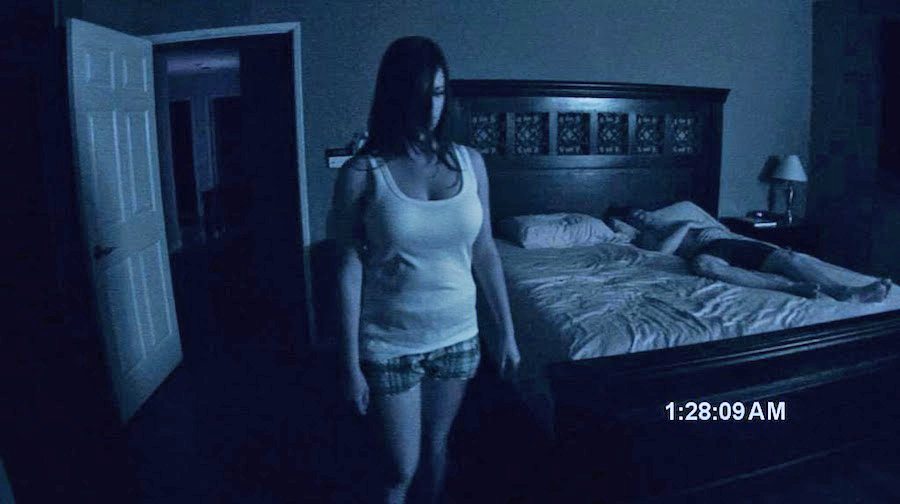
An independent feature of director Oren Peli, this 2007 flick breathed new air into the horror genre with its subtle nuances of fear and the use of a minimalistic style of filmmaking. Shot as a “found footage”, the film is the story of a couple who, after moving into a suburban home, experiences “paranormal actives” which look to shatter their lives. While the horror genre did witness brilliantly directed found footage in Daniel Myrick’s and Eduardo Sánchez’s ‘The Blair Witch Project’ (1999), this 2007 flick brought the genre to mainstream audiences and broke every person’s inner belief. The perceptively placed camera provided a realist essence which made even the slightest movement of a door quite horrifying.
Read More: Highest Grossing Horror Movies of All Time
4. Ju-on: The Grudge (2002)
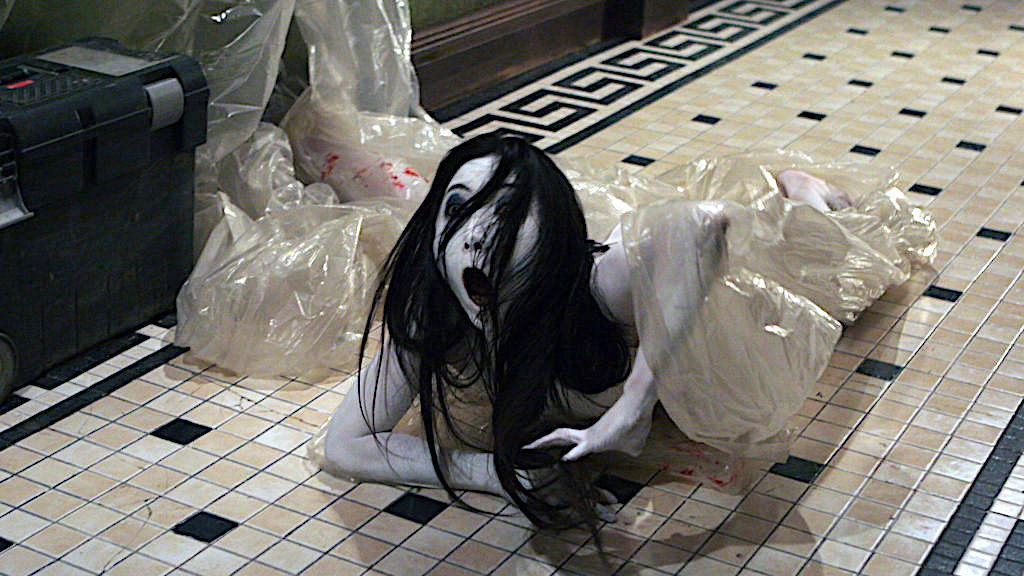
The third installment in the ‘Ju-on’ series, this 2002 Japanese horror film is built on a “grudge” of a vengeful spirit. Taking a fairly old concept of terrorising the viewers, ‘The Grudge’ took it up a notch by reinventing the cinematography, production and sound design. Directed by Takashi Shimizu, the film employs terrifying horror element and places the viewers in a conundrum by bringing in sound and makeup. With the elements of vengeance, anger and violence, the film is a nightmare for anybody.
Read More: Best Horror Movies of 2017
3. 28 Days Later (2002)
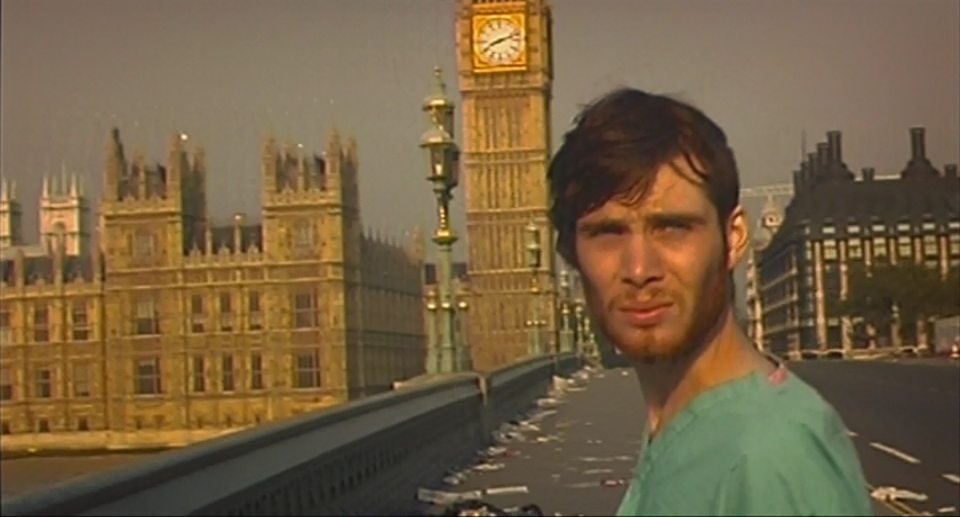
Following a black comedy and an adventure drama, Danny Boyle looked to master his grasp in horror, and he did it with prolific brilliance. Set in post-apocalyptic Cambridge, the film focuses on an incurable virus that spreads throughout the UK and causes havoc among the citizens. ’28 Days Later’ boasts of the classic Boyle style of camerawork, which employs grotesque imagery and knits it with the psychological development of the characters. Playing on the blocks of the zombie genre, the film reinvented this genre with an unsettling artistic wave.
Read More: Horror Movie Trivia You Didn’t Know
2. Rec (2007)

Releasing in the same year as ‘Paranormal Activity’, this 2007 Spanish horror movie went unnoticed and was brushed underneath the carter due to the similar concept of the “found footage” genre and the extreme hype around it. Directed by the then inexperienced directorial duo Jaume Balagueró and Paco Plaza, ‘Rec’ follows a television reporter and his cameraman, who trace and cover several emergency workers who walk into a dark tenement building and are quickly locked inside. What waits is the dark reality of a zombie outbreak that ruins their lives. Shot in the “shaky camera” technique, the film churns out a dizzy and chaotic experience for its viewers. The aforementioned “shaky camera” technique and the dark staircases of the apartment building completely set a fiery yet subtle, horrifying familiarity. With an established thematic representation infused with the technical wizardry of the director and cinematographer Pablo Rosso, the film spearheaded critical accolades and appreciation.
Read More: Best Sci-Fi Horror Movies of All Time
1. Saw (2004)
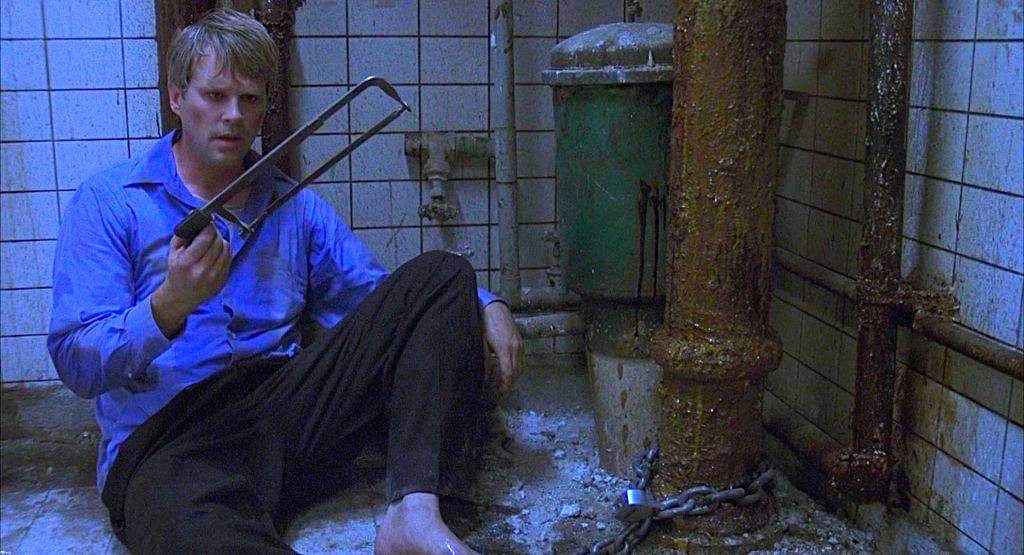
Succeeding an age when torture-porn reigned supreme with grotesque bloodshed and stomach-churning violence, ‘Saw’ tread on a thin line of clichéd ideologies of filmmaking. However, with James Wan’s intricate understanding of human psychology and fear, this 2004 flick tore through the hearts of the viewers with its horrifying cinematography and unique direction. The debut of director Wan and writer Leigh Whannell, ‘Saw’ traces the story of Adam Stanheight, essayed by Leigh Whannell and Dr Lawrence Gordon, essayed by Cary Elwes, who find themselves chained in a large dilapidated bathroom, with one being ordered to kill the other or his family will die. The first instalment of the celebrated ‘Saw’ franchise, the film saw a divided critical appreciation, with many appreciating the thrilling experience created by the team and some criticising the violence. However, with a new wave of artistic vehemence, the film gained a cult following and went on to become one of the favorites of the horror genre.
Read More: Best Horror Movies of the 90s

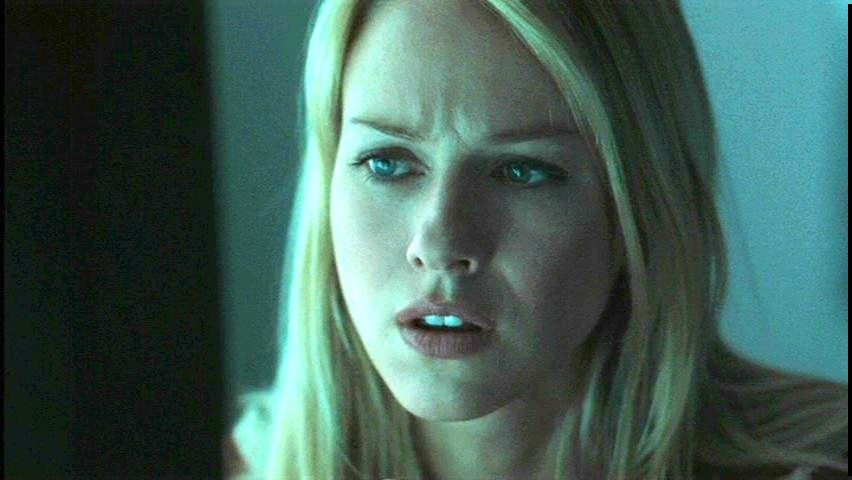
You must be logged in to post a comment.